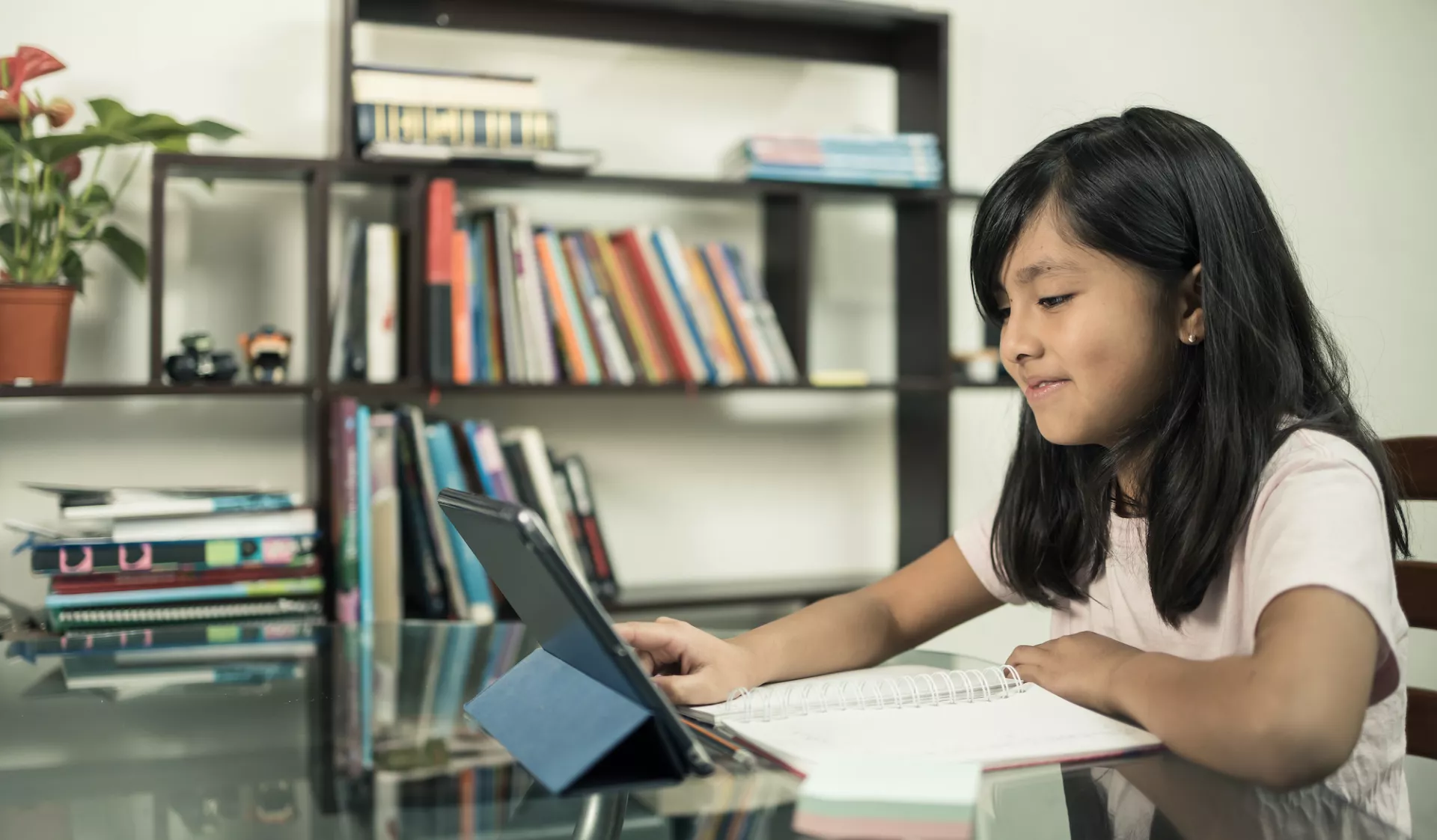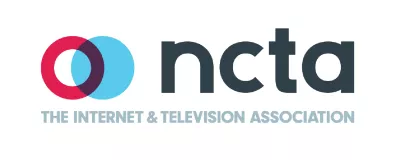Distance learning forced educators to file away some of their most time-tested classroom management tricks. You can’t exactly flick the lights on and off to get attention in Google Meet. There’s no withholding recess as a consequence or promises of a classroom pizza party as a reward when you’re online. But educators have discovered some tried-and-true strategies for remote learning that could benefit in-person instruction as well.
BUILD HUMAN CONNECTION
One of the most effective approaches is to build a sense of community. With a new semester upon us, this is the perfect time to look for fresh ways to bring your students together—even if they are physically apart.
Create small groups
Scheduling small virtual “gatherings” is an excellent way to get to know your students. You can create small groups for reading or math, but they don’t necessarily need to be based on academics. Try meeting with a handful of students to talk about the best and worst parts of their week. Let them vent their frustrations about school and share their hopes for the rest of the year. By allowing them to express their thoughts and feelings, you build trust and respect. Students who feel respected and heard are much more likely to be engaged.
Set goals together
Students always need encouragement, but during the pandemic we all need extra motivation. Helping students set goals, with a little guidance from you, will go a long way toward staying on track. If they record their learning goals, track how they’re doing and reflect on progress. This will help keep them excited to learn.
Review and renew class norms
If you already created a class contract or even a class constitution, now’s a great time to review and update it if necessary. If you haven’t, you can establish one to govern the remainder of the year. The classroom contract is a set of rules and norms created collaboratively and agreed upon by everyone in the class. It includes consequences for not following the rules and norms and should be updated to reflect unique situations that arise. The contract can be a good reminder for everyone if there are disruptions.
Answer common Q&As
By week one of remote learning, you probably knew what the most common questions were. They likely came up again and again … and again. Set aside time for students to think of their most common questions and a few they hear classmates asking frequently. Have the students send you their questions, then answer them all together.
Create a Q&A document they can print, hang, or reference as a bookmark. Ask the students to review the document before asking during class.
GET STUDENTS MOVING!
We asked our NEA Today Facebook fans for tips on getting their students up and out of their chairs to blow off steam. These moves are great for distance learning or in the classroom. Shelly McCormick-Lane, a Latin teacher in Texas, filmed her school’s world language department doing 60-second dance party breaks to everything from the “Macarena” to “YMCA.”
“I placed them strategically in the middle of PowerPoints. … At first most stared at me like I was crazy, but soon most of my high school students grades 9–12 were dancing with me!” she writes.
Meagan Penn is a New Jersey high school dance teacher, and even her 18-year-old football players love a round or two of Just Dance. “YouTube has almost every Just Dance video that’s ever been released, and most can be done in a small amount of personal space. A lot of kids will know the dances already from playing on their gaming systems.”
GIVE STUDENTS CHOICES
During the pandemic, choice boards became even more widely used to engage students in asynchronous learning.
Part of the teacher toolkit for years, these graphic organizers are set up as a grid, offering students different activities in each square to learn about a single concept. If they are learning about history, for example, they can watch a short documentary, read a text, create a timeline, or write a poem or play about a time period or event. If they are learning math concepts, they can complete a timed worksheet of problems, answer a series of word problems, write the instructions for solving a complex problem, or create a poster showing three different ways to solve a problem.
Choice boards help students stay motivated because the students select the learning path that appeals to them the most.
This technique also helps educators achieve that most elusive of lesson goals: differentiation. Choice boards allow educators to reach a group of students with many different levels of understanding and learning styles.
Students need that human connection now more than ever. The human element will reduce disruptive behavior and help keep your students motivated through these difficult times.
FOR MORE RESOURCES VISIT
- How Innovative Educators Are Engaging Students Online (NEA)
- Building Relationships With Colleagues and Students in a High-Tech World (NEA)
- Fostering a Strong Community in a Virtual Classroom (Edutopia)
- Nurturing a Classroom Community During Distance Learning (Edutopia)
- Building Remote Learning Relationships (Education Week)



